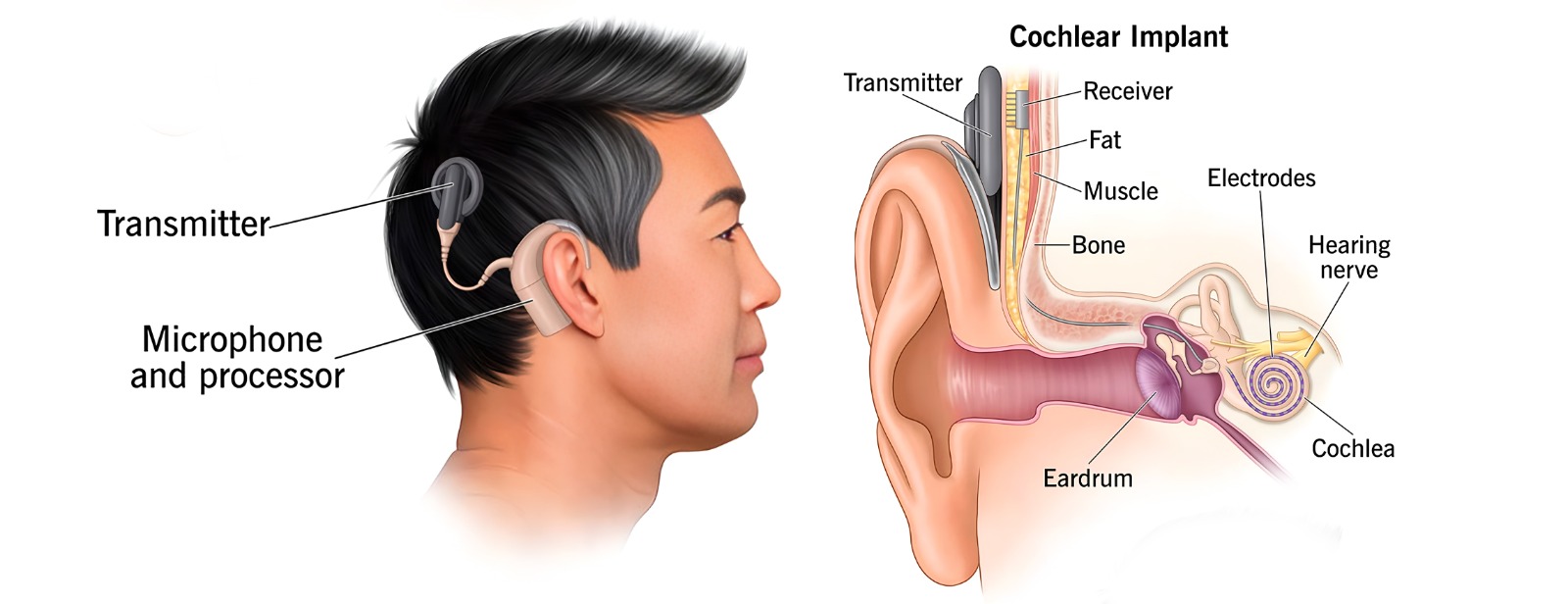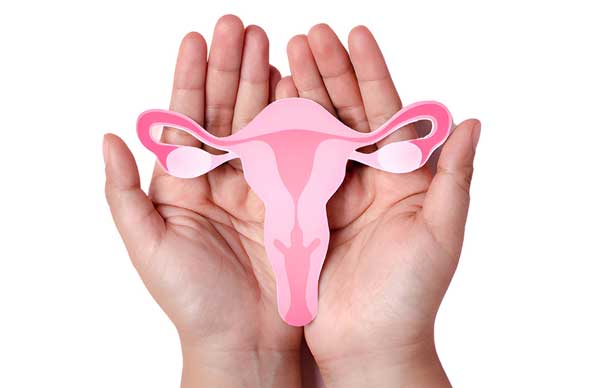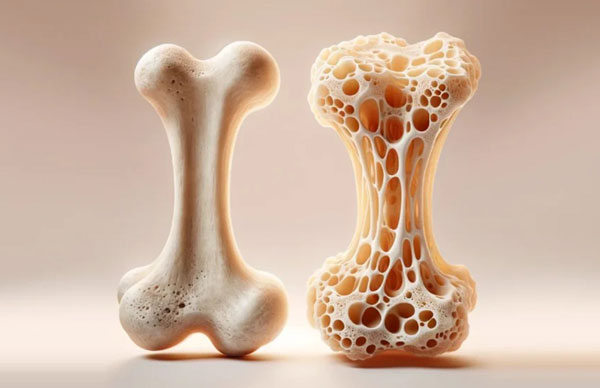Cochlear Implants: Benefits, Procedure, Risks, and Recovery

Hearing loss is not just a medical issue, it is a social, educational, and economic challenge. A Cochlear implant (CI) offers a scientifically proven solution for individuals who gain little or no benefits from conventional hearing aids.
What is a Cochlear Implant?
A cochlear implant is a small electronic device that skips the broken inner ear structures and stimulates the auditory nerve directly, allowing the brain to interpret sound. Unlike hearing aids, which magnify sound, cochlear implants take sound and translate it into electrical signals sent to the cochlea through an implanted electrode array. External components (microphone, sound processor, transmitter coil) talk to an internal receiver–stimulator implanted beneath the skin behind the ear.
Why cochlear implants are important in 2025
Hearing loss is a significant public-health problem. According to the World Health Organization (WHO), more than 1.5 billion people have some hearing loss, and over 5% of the world population or 430 million people with disabling hearing loss needing rehabilitation. In 2050, more than 700 million will require hearing rehabilitation. Without intervention, hearing loss imposes an estimated yearly global cost of nearly US$1 trillion in health care, education, and lost productivity making early intervention essential.
Who is Most Affected by Hearing Loss
Typical adult candidates are one or bilateral ears with severe-to-profound sensorineural hearing loss and minimal benefit from optimally fitted hearing aids. Indications are poor aided speech understanding, impaired ability to hear in noise, and dependency upon lip-reading even with maximized amplification. Candidates are evaluated fully with the help of audiology testing, trial with a hearing aid, imaging (CT/MRI), medical clearance, and orientation regarding expectations.
Children with bilateral severe-to-profound loss are candidates as young as 9–12 months in most programs, particularly when hearing aids offer limited access to speech sounds. Earlier implantation, combined with family-centered therapy, tends to facilitate more favourable language, reading, and academic performance.
Single-Sided Deafness (SSD): Adults with severe loss in one ear (and normal/nearly normal hearing in the other) could be candidates. Systematic reviews indicate significant benefits in speech perception in noise, sound localization, reduction of tinnitus, and improvement in quality of life following CI for SSD.
Bilateral implantation (both ears): For many children and some adults, bilateral CIs enhance localization and noise reduction in hearing compared with one implant, with recent reviews, indicating remarkable improvement in speech perception in quiet and noise.
Proven Benefits of CI
Speech understanding & hearing in noise
In adult populations (including SSD), clinical studies show significant improvements in speech perception after cochlear implant surgery. These gains often increase over time as the brain adapts and implant programming (‘mapping’) is fine-tuned.
Quality of life, social participation, and cognition
Research shows that cochlear implants not only improve hearing but also enhance quality of life. People often enjoy better communication and social interaction, which is especially important for older adults. In some cases, improved hearing is also linked to better memory and cognitive health.
Language, literacy, and education of children
Early implantation (usually 12 months when it is appropriate) together with intensive therapy is associated with more positive receptive and expressive language, reading, and academic performance compared with delayed implantation. Such benefits may continue into school age.
Relief from tinnitus (in SSD and in bilateral loss)
Cochlear implants can also reduce the ringing or buzzing sounds of tinnitus. By providing real sound input to the ear, the implant helps the brain focus less on the “phantom” sounds. This effect is especially strong in people with single-sided deafness.
How the Procedure Works
- Pre-op workup: Audiology, hearing-aid verification, communication goals, imaging, and vaccine review.
- Surgery (typically outpatient): Under general anesthesia, the surgeon inserts the internal receiver beneath the skin behind the ear and passes a thin electrode array into the cochlea through a small opening. Modern practice focuses on atraumatic insertion to maintain any residual hearing where feasible. Average surgical time: roughly 1–2 hours.
- Early healing: Stitches around 1 week; swelling and tenderness resolve over days to a few weeks.
- Activation: Sound processor is turned on and programmed once the incision has healed—usually 2–4 weeks post-op (program-dependent).
- Mapping and rehab: Various follow-up programming ("mapping") visits over the first 3–6 months. Hearing training and (in children) speech-language therapy are crucial to optimize outcomes.
Vaccinations you should know about
- Pneumococcal vaccination lowers the risk of meningitis after cochlear implantation. For adults with a cochlear implant, CDC recommends either a single dose of PCV20 or PCV21, or PCV15 followed by PPSV23 (timing depends on prior pneumococcal doses).
- Children generally follow the routine 4-dose PCV schedule (PCV15 or PCV20 at 2, 4, 6, and 12–15 months), with additional risk-based guidance for ages 6–18 if they have a cochlear implant or certain medical conditions.
With appropriate vaccination, aseptic technique, and contemporary equipment, severe complications are rare, and the risk–benefit ratio is excellent in appropriately chosen candidates.
When to See a Specialist
- Tend to have trouble hearing speech even with carefully fitted hearing aids.
- Have to use lip-reading or captions in normal conversation.
- Possess SSD with disabling tinnitus or poor localization.
Conclusion
Cochlear implants are one of the most successful medical procedures for restoring hearing. They can bring significant improvements in speech, learning, social life, and overall well-being for both children and adults. The surgery is safe, with low complication rates and clear medical guidelines for long-term care. For anyone who no longer finds hearing aids helpful, an early cochlear implant evaluation can be the first step toward better hearing and stronger connections in daily life.
Disclaimer
Though all attempts are made to provide correct information on the subject, inadvertent & typographical errors arising out of manual intervention cannot be ruled out. It is requested to bring any such discrepancies to the notice of the blogger for correction.













